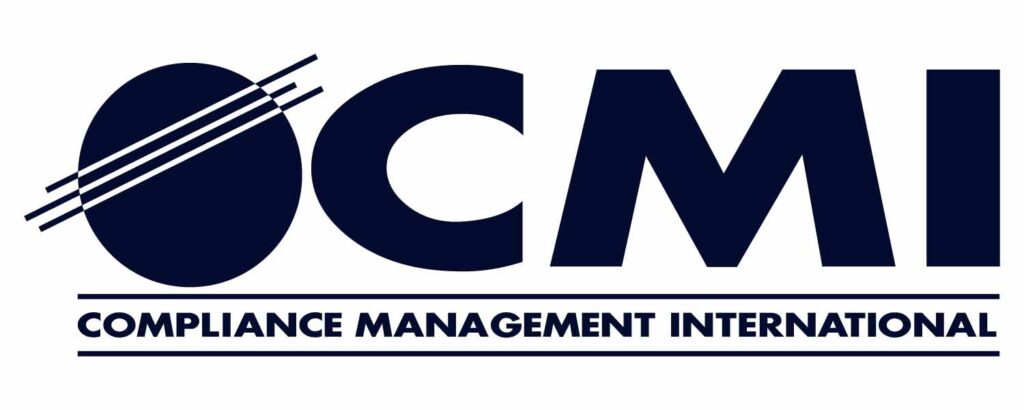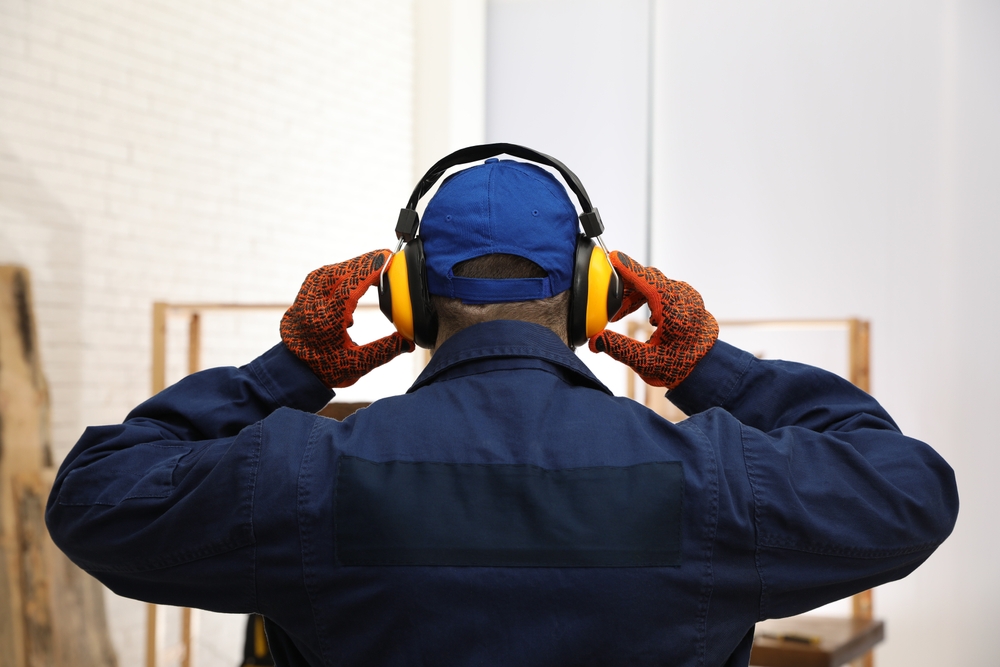If you operate an industrial facility in the United States and don’t meet the criteria for the No Exposure Exclusion, you’re likely subject to a National Pollutant Discharge Elimination System (NPDES) permit that regulates stormwater discharges. Most states maintain their own NPDES programs, which comply with federal regulations. USEPA is the direct permitting authority for Massachusetts, New Hampshire, New Mexico and Idaho.
So you’ve got an industrial stormwater NPDES permit and you have to collect periodic samples of stormwater discharged from your facility. How hard can it be? Wait for it to rain and then grab a sample. Simple, right? Not exactly.
The federal requirements for stormwater sampling are outlined in 40 CFR 122.21(g)(7)(ii). Facilities with a state issued NPDES permit should consult their permit for state specific requirements, but many incorporate the following criteria from 40 CFR 122.:
- All samples shall be collected from the discharge resulting from a storm event that is greater than 0.1 inch of rainfall.
- The storm event must occur at least 72 hours from previously measurable (greater than 0.1 inch rainfall) storm event.
- The variance in the duration of the event and the total rainfall of the event should not exceed 50 percent from the average or median rainfall event in that area.
- In the case of snowmelt, you must conduct monitoring at a time when a measurable discharge occurs.
- You must collect your samples within the first 30 minutes of the discharge.
For each monitoring event, except snowmelt monitoring, you must identify the date and duration (in hours) of the rainfall event, rainfall total (in inches) for that rainfall event, and time (in days) since the previous measurable storm.
What this means is that the permittee is responsible for monitoring the weather to ensure the storm creating the discharge is a “qualifying event” and that samples are collected from the “first flush” (within the first 30 minutes of the discharge). Ask your local regulator and they’ll be glad to explain that nowhere in the definition of a qualifying event does it state that samples should only be collected between the hours of 9:00 am and 5:00 pm on Monday through Friday. If you get to work at 8:00 am and it’s been raining since 3:00 am, it’s too late to sample. You missed your window and you’ll have to wait for the next storm (provided it doesn’t occur within 72 hours of the end of the last storm).
CMI has experienced stormwater sampling professionals that use national short- and long-term weather models to predict qualifying events. For areas that are difficult to access due to site conditions or hours of operation, CMI maintains flow-triggered automatic samplers and rain gauges that can be deployed and recovered after the event. Facility managers have enough to worry about already. Let us help you stay in compliance with your stormwater permit.



